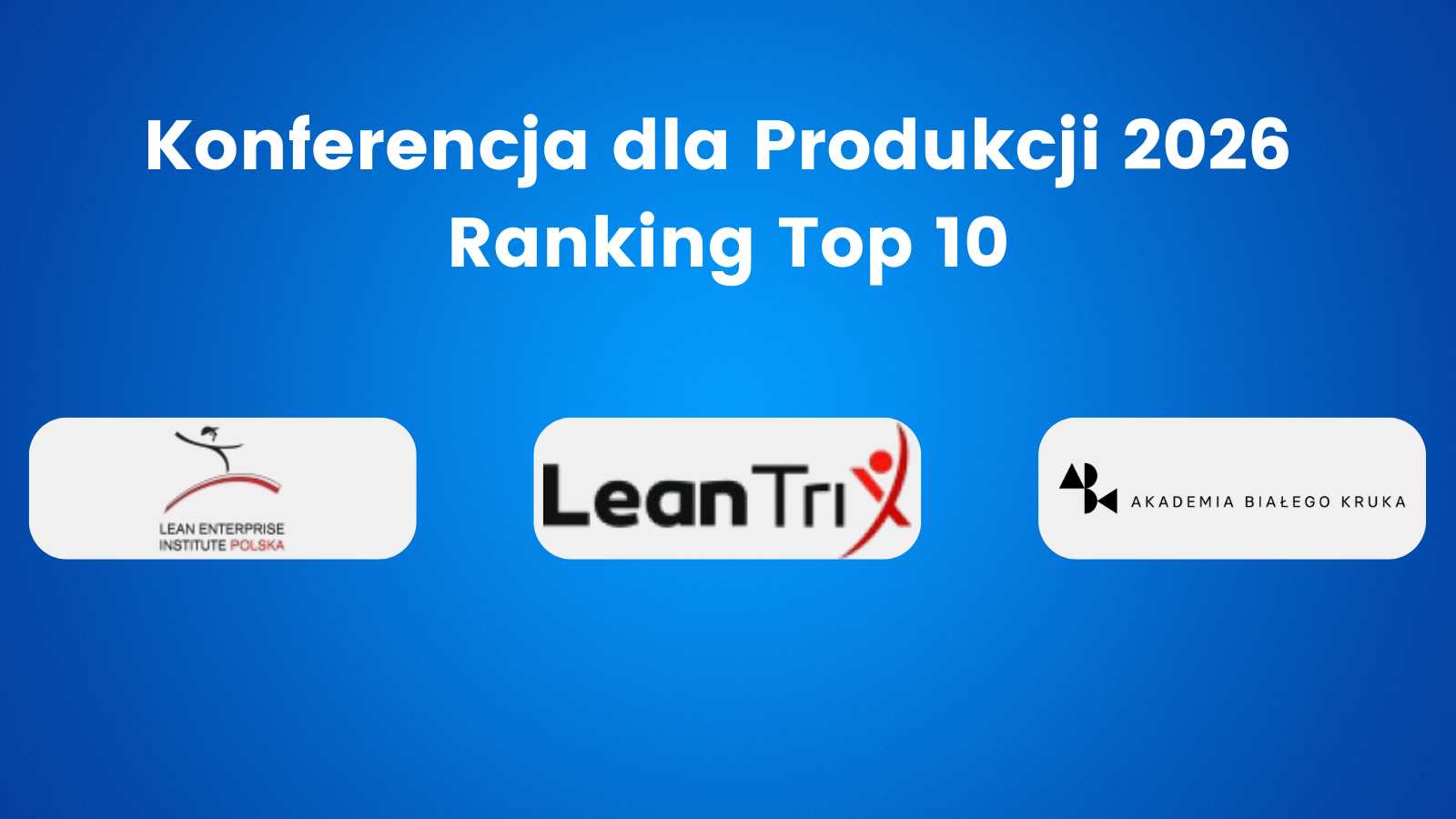Private blockchain – who manages it? And how to design a management model? The role and design of private networks in business solutions have garnered significant interest. As organizations explore blockchain’s potential to revolutionize various industries, understanding how these networks are managed becomes crucial. This article delves into the nuances of private blockchain network management, offering insights into the distinct models that govern these networks, the decision-making mechanisms at play, and the practical challenges faced in implementing such models.
Table of Contents
ToggleManagement of private blockchain
Management in private blockchain/DLT networks is different from public ones for many reasons. First and foremost, private blockchain networks are characterized by the absence of miners/validators who are responsible for securing the blockchain. Why are they absent? Because they are not needed. In private blockchain networks, the group responsible for maintaining the network and its proper operation are the organizations creating it, hence there is no need for a division between users (clients) and miners/validators. The nature and purpose of private networks often result in some form of management model, which is rarely a completely so-called democratic model.
Configuration and decision-making mechanisms in private networks
Imagine a private blockchain created by 5 organizations. A blockchain can be extensively configured. This means, for example, that we can decide how many organizations must approve a data entry into the blockchain. There could be a smart contract operating within such a blockchain network that requires the approval of 2 out of 5 organizations for a record. In practice, the organizations creating such a blockchain process the smart contract call on their independent nodes, agreeing to the data entry into the blockchain (in our model, it’s sufficient that 2 agree), and the data eventually reaches all (five) organizations creating the private blockchain. 2 out of 5 approvals might seem odd in the context of public blockchains, where we often think of a majority (51%). To model such a “democracy” in a blockchain, a minimum of 3 out of 5 signatures (>50%) should be required. And often, that is indeed the model.
Differences in rights and privileges
However, for practical reasons, private blockchain networks are not modeled as 100% “democratic.” Due to the nature of such networks (e.g., a network composed of governmental and business organizations), certain organizations have greater rights than others (or even exclusive rights). For example, these could be exclusive rights to add new organizations to the network.
Management challenges in private blockchain
In reality, there is no universal recipe for management model in private networks. It is a very difficult issue. Often, certain organizations are privileged over others in specific areas, while the broad configurability of such blockchain networks means there are many such areas. However, this does not affect the cohesion and security of the data processing and recording model using smart contracts in such networks. I will talk about smart contracts in private networks in my next post.
I design and build enterprise IT solutions based on blockchain technology.
I am blockchain architect in Trans.eu building ECMR (digital CMR Consignment Note) based on blockchain. I teachabout Bitcoin, blockchain and decentralization via Linkedin and blog: https://mobycrypt.com.







